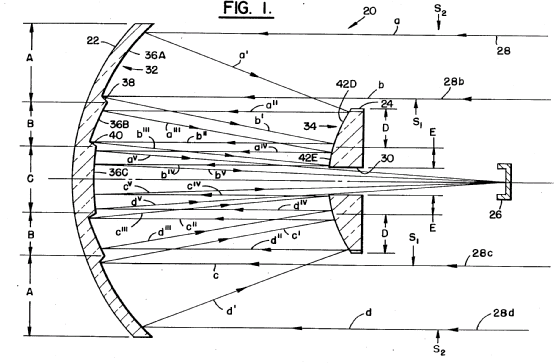

You can now select which songs you want to copy into your music library. These changes are restored when you quit TouchCopy.Ĭopying Music into iTunes (or the Music app on macOS Catalina) TouchCopy may automatically open iTunes - don't worry, TouchCopy has fixed it so that your computer will not automatically sync with your device while TouchCopy is running.
#Copy angle gsp5 activation code
If you have purchased TouchCopy, enter your activation code to access the full unrestricted version You can also connect your iOS device to TouchCopy over WiFi as detailed here.

Connect your iPhone, iPod, or iPad to your computer using a USB cable. Start up TouchCopy by double-clicking the TouchCopy icon on your desktop, or finding it in the relevant folder.

Start with your iPod or iPhone disconnected from your computer and iTunes closed. With TouchCopy it's easy to copy your music to your computer and even directly into your iTunes library (or Music app library on macOS Catalina or higher). These trends are closely related to the GSP general properties with an increase in spacer thickness leading to weaker mode confinement through a decrease in the mode effective index 31.TouchCopy Quick Start Tutorial Copying Music and Video from your iPhone, iPod, or iPad to iTunes or Computer In general, smaller spacer thicknesses result in less scattering and stronger absorption at more pronounced (narrower) GSP resonances. The spacer thickness is known to be the crucial design parameter in GSP-based metasurfaces influencing the balance between the absorption and scattering occurring at the GSP resonance 28. The phase-amplitude maps of DGSPR metasurfaces are influenced by many system parameters, of which we selected three parameters to consider highlighting the design trends (Fig. Finally, common fabrication guidelines are hereafter indicated by a black solid line marking the nanobrick dimensions corresponding to the aspect ratio (height-to-width) of one for the nanobricks and their spacing (i.e., the gap between nanobricks being equal to the nanobrick height). 2), so this approach will be used for further modeling. The conducted simulations indicated that the first approach results in better matching resonant absorption and more dispersed phase contours (cf. With detailed simulations related to those for conventional single-resonator metasurfaces and proof-of-concept experiments, we demonstrate that the detuned-resonator GSP metasurfaces designed for beam steering at \(\).

We suggest an approach to extend the phase range and bandwidth limitations in the GSP-based metasurfaces by incorporating a pair of detuned GSP resonators into a metasurface elementary unit cell. The available phase range also determines the wavelength bandwidth of metasurfaces operating with linearly polarized fields due to the propagation (size-dependent) nature of the reflection phase. The available phase variation range is however limited to being \(<\! 2\pi\), a circumstance that complicates the metasurface design for functionalities requiring slowly varying phases over the whole range of \(2\pi\), e.g., in holographic applications. Plasmonic metasurfaces, representing arrays of gap-surface plasmon (GSP) resonators and consisting of arrays of metal nanobricks atop thin dielectric layers supported by thick metal films, constitute an important subclass of optical metasurfaces operating in reflection and enabling the realization of numerous, diverse and multiple, functionalities.


 0 kommentar(er)
0 kommentar(er)
